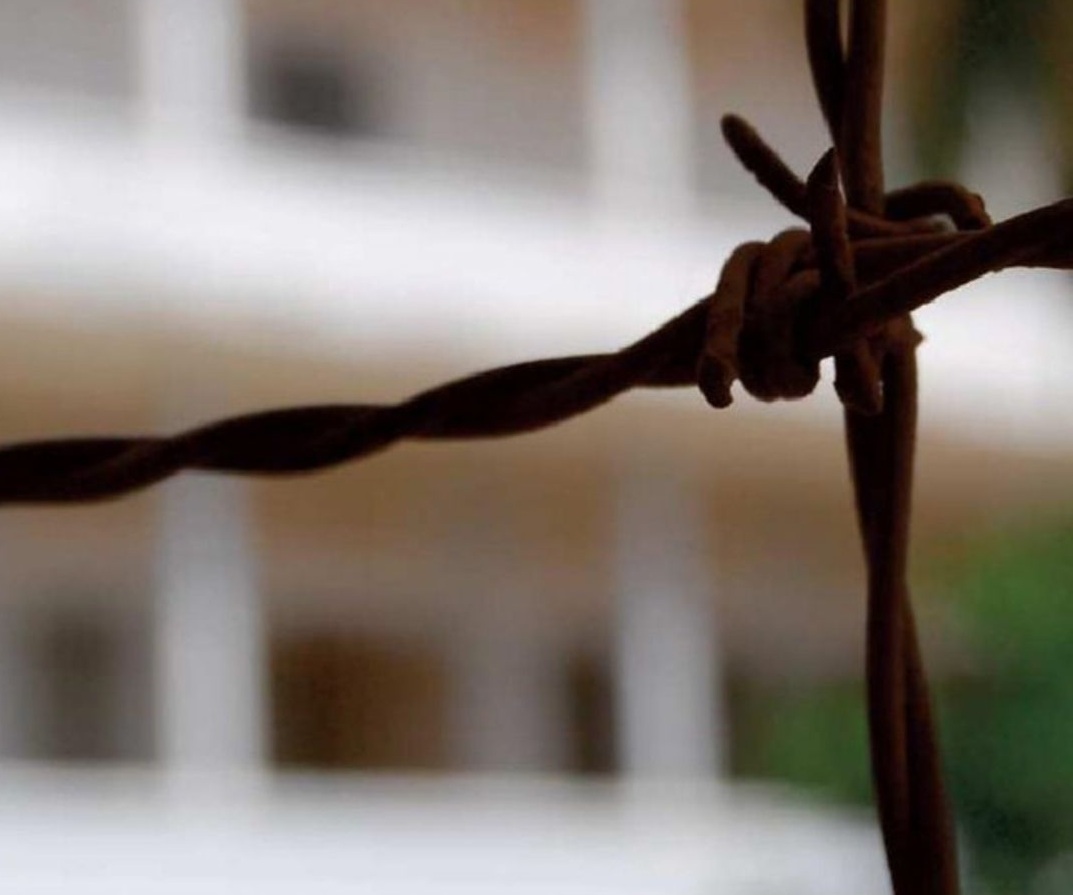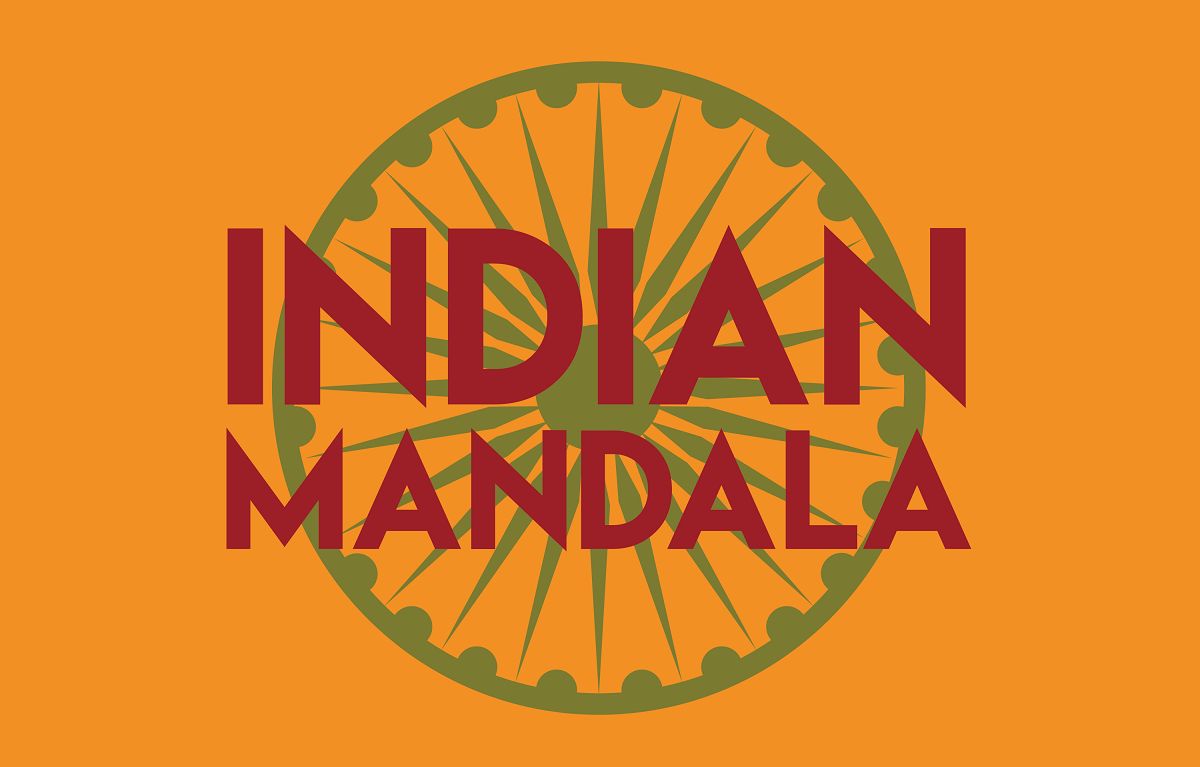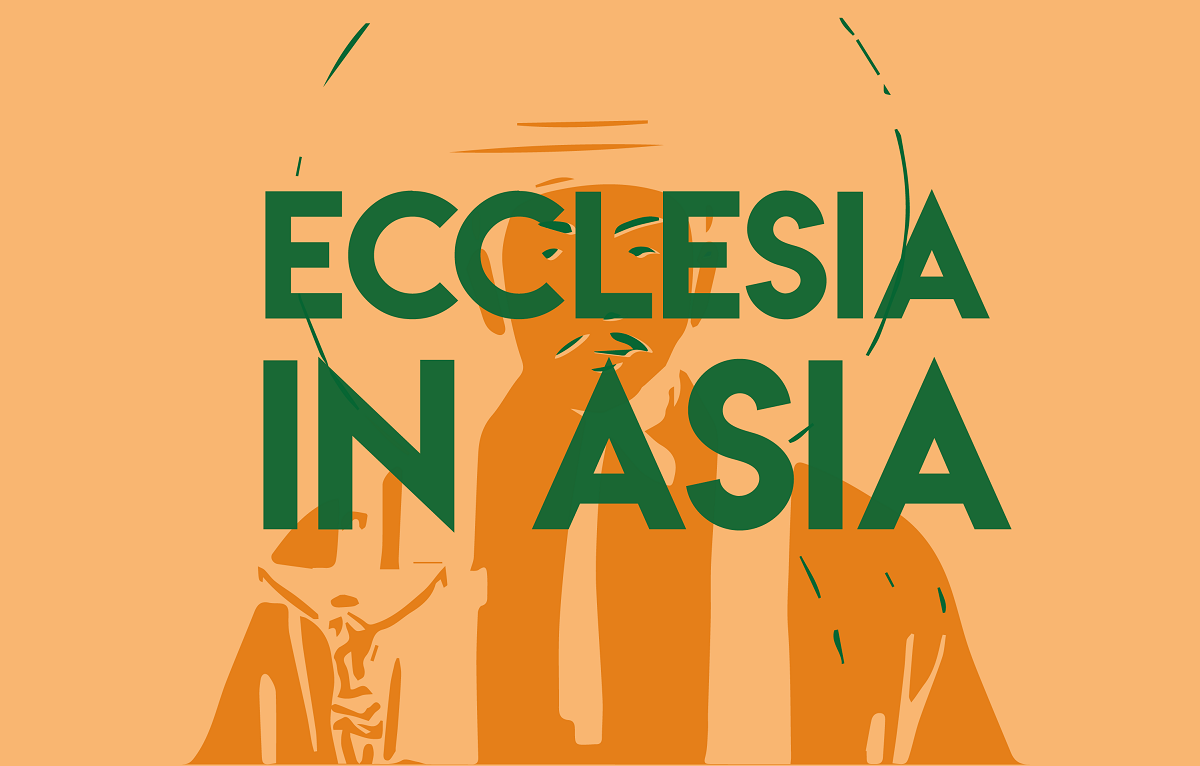Laurence and the Khmer Rouge: ‘All of that is over; our tomorrows will sing!’
Fifty years after the fall of Phnom Penh to Pol Pot and the Khmer Rouge, the book "Beyond the Horizon" is published in Italian. In it a French woman describes the genocide with the eyes of someone who had come to Cambodia for love. The book is her diary of hell, misery, lies and death experienced with her daughters. The story is extremely interesting and credible for a country where a UN tribunal failed to render justice and uncover the truth.
Milan (AsiaNews) – Laurence Picq was 28 years old when, in October 1975, she arrived in Phnom Penh, the Cambodian capital, from Beijing, with her two young daughters, Narén and Sokha.
The country, by then renamed Democratic Kampuchea, had fallen to Pol Pot and the Khmer Rouge on 17 April of that year. Today, exactly fifty years after those events, there is nothing to celebrate – the regime was responsible for the death of about two million people – but it is necessary to remember.
The publication in Italian of a book that remembers and retells those tragic events offers us the opportunity to remember and question what led to so much destruction and self-harm.
The original book in French, Au-delà du ciel. Cinq ans chez les Khmers rouges, was published in 1984 in Paris by Éditions Bernard Barrault. Now it is also available in Italian titled Oltre il cielo edited by Marco Respinti, published by Tralerighe Libri. An English edition titled Beyond the horizon : five years with the Khmer Rouge was published in 1989 by St. Martin’s Press, New York.
The Italian edition includes a great introduction by Respinti and an invitation to read the story by Antonia Arslan, a nod for the reader to go on, until the last page, keen to walk with the author and her two girls on their journey of survival from wanton violence, abuses of all kinds and the ignorance of an ideology in which even Laurence had initially believed.
In the 1960s, Laurence Picq met Suong Sikoeun, a young Cambodian man who had come to Paris to study, at a time when many young Cambodians were sent to France for their education.
Not only did they come involved with Marxist circles active in the French capital, but once back in their country the students played important roles in government circles.
Against this background, and out of shared revolutionary passion, Laurence and Suong met, decided to get married, form a family, and return to Cambodia as soon as conditions allowed.
Marco Respinti, in an attempt to explain the revolutionary motives that moved the Khmer Rouge, highlights how the French Revolution (1789-1799) was “taken as a model but deemed inadequate, fulfilled in China’s most extreme and extremist version of Marxism-Leninism” (p. 13).
However, in Cambodia it went far beyond Maoism, “in a supreme mixture of death in which communism, nationalism and a lot of racism are combined [...] a revolution that cannot stop, that does not tire, that overturns even itself while devouring its own children” (p. 13).
Years later, we struggle to comprehend Laurence's good faith, and why, out of love and passion, she decided to follow her husband.
She was one of the few foreign women to experience that hell of misery, lies and death with non-Cambodian eyes. This makes her story extremely interesting and credible beyond any rhetoric and expediency.
During her flight to Thailand, when the regime's days were numbered, some elderly women, surprised by the presence of a French woman among them, asked her, “My dear child! What are you doing here, in your condition? In these hard times, what have you come to do in Cambodia?" She replied: "I would so much have liked to bring you something”.
When, in September 2022, the tribunal set up by the UN and the Cambodian government to judge the crimes committed by the Khmer Rouge closed, the country was left with precious little. At a price tag of more than US$ 330 million, it cannot say to have delivered justice to the victims of Cambodia’s self-genocide.
In fact, in 16 years of work, hundreds of sessions and hearings, the court issued only three life sentences for the murder of about two million people. The first one was against Kaing Guek Eav, better known as Duch, head of the notorious S-21 torture centre where about 17,000 people were killed, who died in 2020; the second one was against Nuon Chea, "brother number two" (Pol Pot was brother number one), who died in 2019 at the age of 93, and the third against Khieu Samphan, former head of state of Democratic Kampuchea, now in his nineties.
While these three sentences are an important milestone after so much work and so much money, it is still hard to understand what really happened in those years and why.
The Documentation Center of Cambodia (DC-C), whose task is to collect and archive all the available material on the Khmer Rouge, has surveyed over the years 19,440 mass graves scattered across the country as well as 185 detention and torture centres.
The UN court cases will not bring the victims to the survivors and will not heal the wounds that the latter carry inside.
For DC-C director Chhang Youk, those responsible should have been sentenced to two million years in prison, one year for each victim of the genocide.
In any case, the Cambodian tragedy is not only Cambodian. “When we contemplate what happened in Cambodia, we are looking not at some exotic horror story but into darkness, into the foul places of our own souls.”[1]
Through her pages, Laurence helps us peer into that darkness among “the lost children, the crushed babies, women giving birth along the road, the abandoned and the wounded, the exhausted old people (p. 47),”[2] some of whom went “on their knees for a bowl of broth” (p. 86).
Pregnant with her third child, she fled to Thailand. Exhausted by fatigue and hunger, “I wanted to despair, but a persistent voice told me: This is your son!” (p. 133), she wrote. Unfortunately, the child, born on 17 February 1979, starved to death along the way, on 10 May 1979.
In another passage in the book, as if by instinct, feeling the approach of the end and no longer seeing her daughters, she shouted: “My daughters! Where could they be?” She admits, “I felt like praying” (p. 151).
When one day her daughters unexpectedly asked her: “‘Mama, why didn't you come to get us when Noeun (a nanny) gagged us and beat us in the secret cabinet?’ all I could say was, ‘All of that is over; our tomorrows will sing!’” (116).
Laurence made it to France on 24 December 1980. Narén and Sokha were with her. Thinking about all that happened, she could only say, “I have not forgotten, I do not want to forget, I am afraid of forgetting” (p. 218).
* Fr Alberto Caccaro is a PIME missionary in Cambodia
[1] Philip Short, Pol Pot: History of a Nightmare, London: John Murray (2004).
[2] All the quotes are from the 1989 English edition.
16/11/2018 10:03
19/05/2017 10:20







.png)










